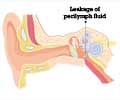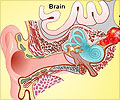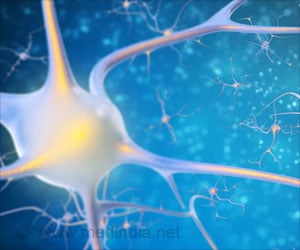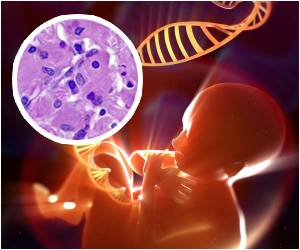Scientists hope that the findings may provide a foundation for the potential development of cell-based therapies for treating hearing loss and balance disorders.

Understanding how these important cells form may provide a foundation for the potential development of cell-based therapies for treating hearing loss and balance disorders.
"Age-related hearing loss occurs gradually in most of us as we grow older. It is one of the most common conditions among older adults, affecting half of people over age 75," said James F. Battey, director of the US National Institute on Deafness and Other Communication Disorders (NIDCD).
Hair cells and supporting cells can be damaged by medications, infections or disease, injury and aging, leading to hearing loss and balance problems.
In humans, these cells cannot naturally repair themselves, so effective treatments are limited.
To gain a better understanding of inner ear cell development, the team used single-cell RNA-seq - a new technology that can extract comprehensive gene activity data from just one cell.
Advertisement
By comparing the cells’ gene activity profiles, the researchers found unique patterns in hair cells and supporting cells.
Advertisement
By analyzing the cells’ gene activity profiles, the scientists were able to identify genes that are active at each stage of development, bringing to light important clues about how the specialized hair cells are formed.
"Using this single-cell profiling technique provides a new option to identify the genetic activity of cells, particularly in systems with limited numbers of cells, like the inner ear," noted Matthew Kelley, senior study author from NIDCD.
Identifying the gene expression maps for the development of inner ear cells is essential to understanding how they form, and may help scientists create ways to regenerate these cells.
The paper appeared in the journal Nature Communications.
Source-IANS















